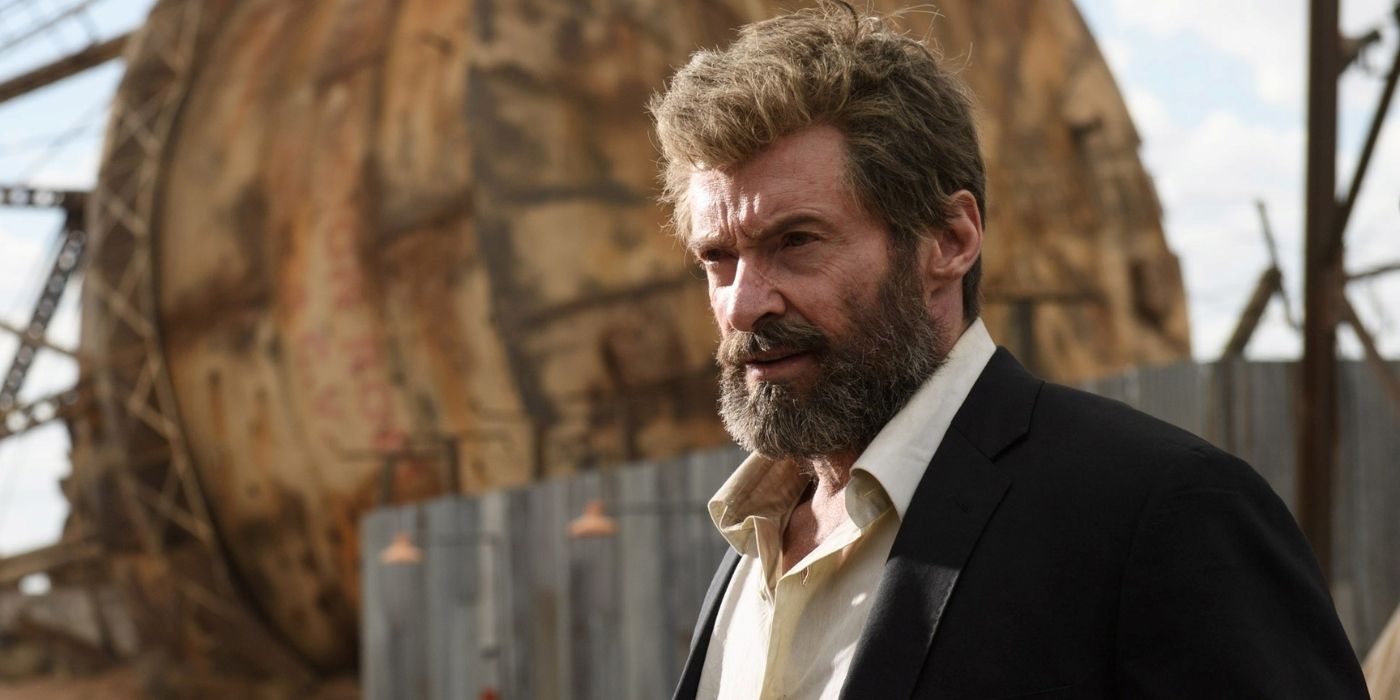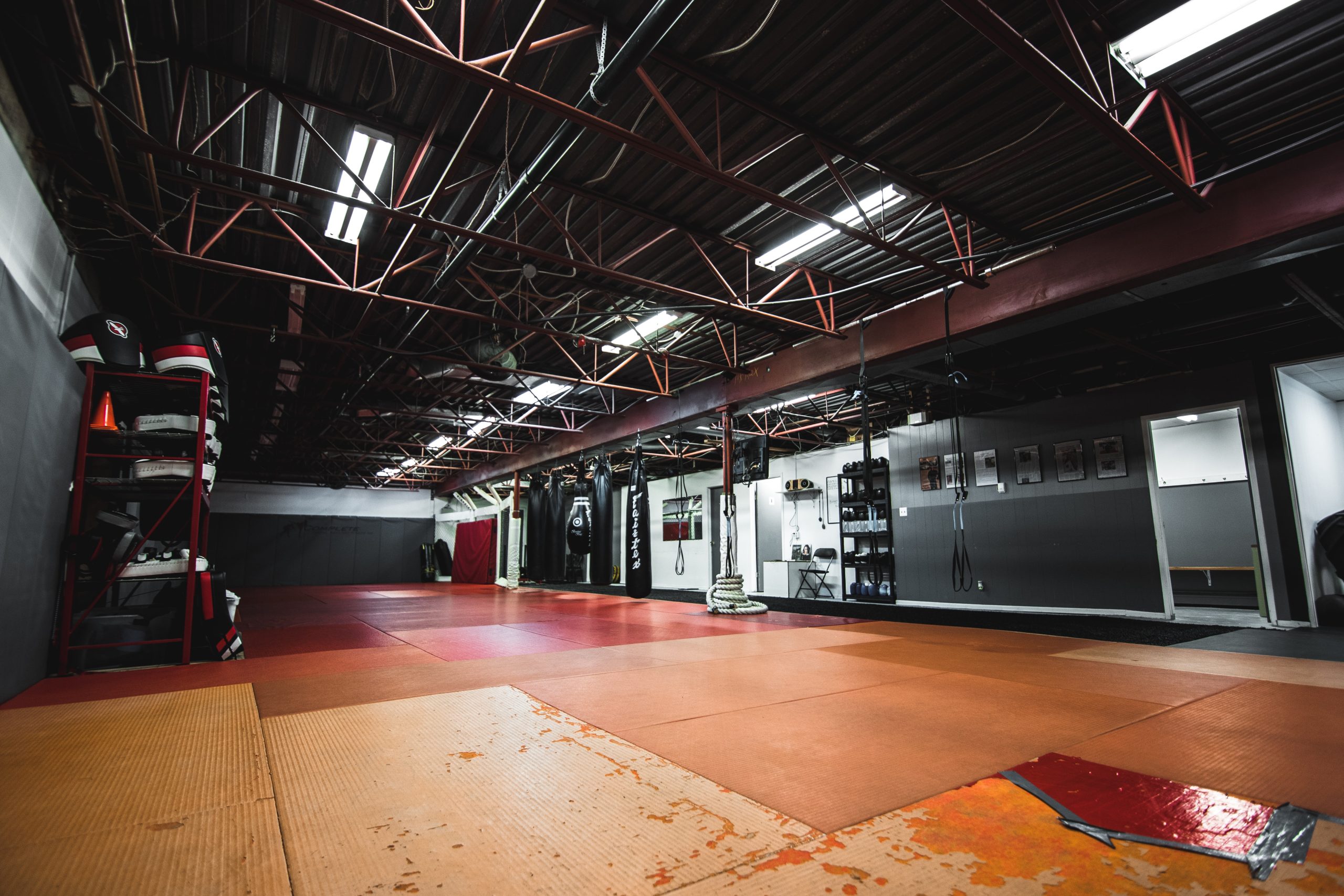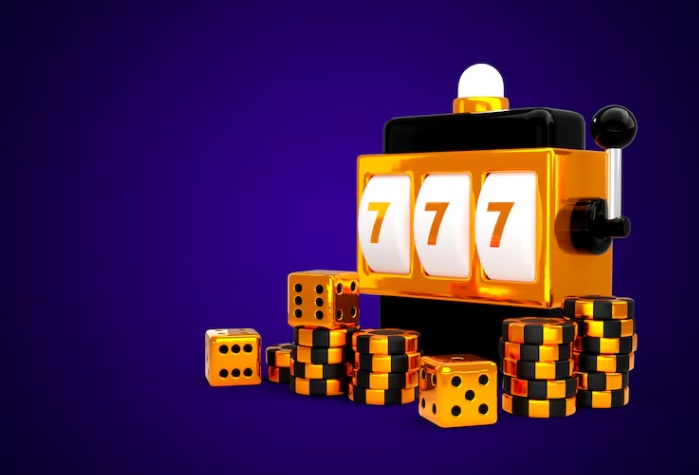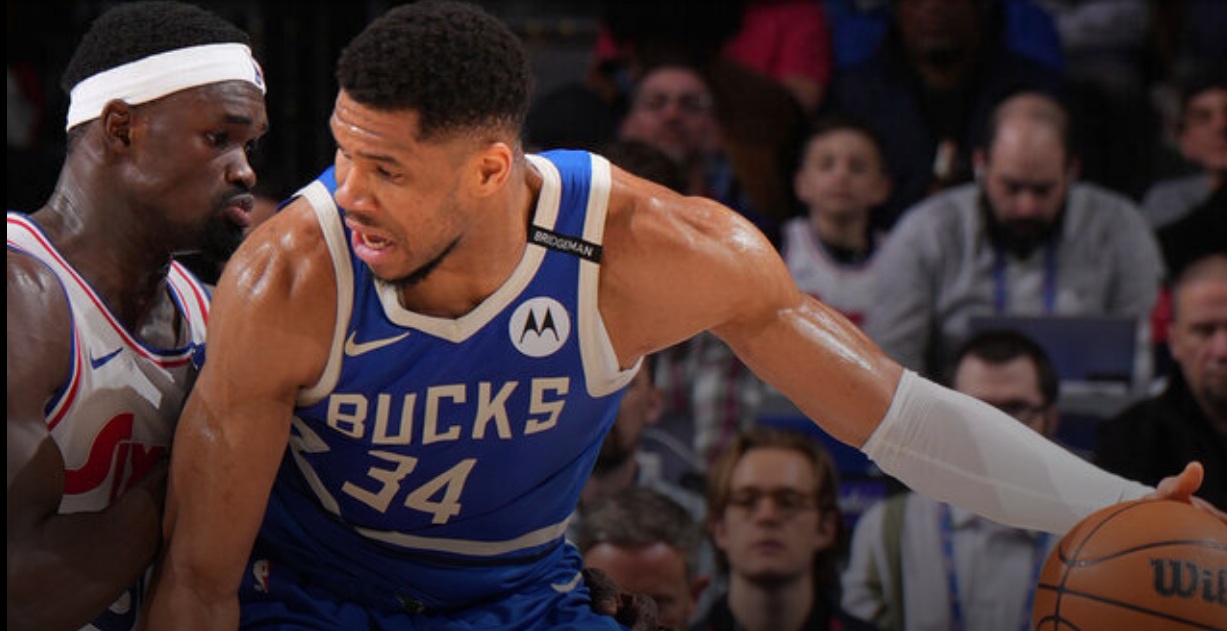Swimming is a great way to spend time with your family and get in some exercise too. It can be dangerous without proper preparation though.In the U.S., one person dies from drowning every 10 minutes, while five people are injured for every victim who drowns (so it’s important you’re careful). Drowning is also No. 2 on the list of leading causes of death among children aged 5-14 years old!
Parents should never leave their kids alone in the pool.A lot of parents don’t realize how dangerous it can be to let a child swim without an adult supervision because there are many things that could happen, such as drowning or getting hurt.
That means even more responsibility on your part! So please: always supervise those little ones while they’re splashing around so nobody falls victim this terrible thing called “drowning.”
Safety tips when using a pool with your child
The lifeguard on duty is your best friend when you’re swimming. They not only watch the swimmers, but they also keep an eye out for any safety concerns that might arise or if something goes wrong. These people are trained to react quickly in times of need and will be there to help with a quick response as needed!
When children are in the water it’s time be alert. As a general rule of thumb, parents should never let go of a young child at any point while he or she is swimming anywhere – whether that means poolside on vacation or taking bath at home. The rules for older kids also apply: don’t leave them alone and keep an eye out no matter how strong swimmers you think your son/daughter might be because these little ones can still try tricks, flips and dives which are all dangerous if not supervised properly by adults nearby!
If you’re the parent of a young swimmer, there are some things that can be done to ensure safety. You should put all phone away and focus on your child’s needs. If other adults are around, have them take turns watching over kids so everyone gets an equal chance at relaxation! Stay connected with your friends while having fun in the water. Working together is key in preventing accidents because no one person will see everything happen.
Always Wear a Life Vest
Young children should always wear a certified life jacket around water. There are plenty of products on the market claiming to help children stay afloat, such as water wings and pool noodles, but these do not replace Coast Guard-certified lifesaving devices in an emergency situation. Use them only when you have close supervision with your child using them – this is for their safety!
5. Don’t Jump in the Water to Save a Friend
Some kids try to rescue their friends when they see them struggling in the water, but this can lead both people down. The best way of helping is by staying back and using a long object like a tree branch or piece of clothing to pull your friend out as far as you possibly can without jumping into the water yourself. If you don’t have any tools around just jump onto shore first then go for help!
6. Enter the Water Feet First
Let’s be honest, diving into shallow water can be dangerous. So if you’re worried about your little one getting hurt – don’t dive head first and teach them the proper way to enter or exit a pool. It is also important that when they are interested in jumping off of things like stairs, let them know how high it needs to be before considering such an act; otherwise point out safe areas where this activity is allowed
7. Stay Away From Pool Drains
If you’re a parent, it’s important that your child knows to stay away from pools with broken drains. Broken or faulty plumbing can make it difficult for children and adults alike to get out of the pool as they become stuck in them. As an added precautionary measure, teach your kids not only to avoid these areas but also report any potential hazards so we don’t have more people getting injured when their hair gets caught up on one!
8. Stay Within Designated Swim Areas
The designated swim areas are the safest place for swimmers. They’re often marked by ropes and other materials that keep people from wandering into a dangerous area of water without knowing it’s there, like when they want to “swim out past the breakers,” but don’t know how far away those waves may be. Teaching children about these boundaries is one way you can help them stay safe in any swimming situation!
Conclusion
The safety tips provided in this blog post should help you and your child have a safe, fun summer. We hope these tips will help keep you and your child safe when using the pool. Remember that there are no guarantees when it comes to pool safety; however, by following these simple steps you can make sure the risk of drowning is minimized for both yourself and your children. We also advise not letting them swim after eating or drinking anything because they may aspirate in their food or drink if they swallow some of it while swimming; this is why snacks should be eaten beforehand so as not to cause any accidents. Lastly, make sure that everyone gets out of the pool promptly at least every hour for 15 minutes and have them get plenty of rest during these time periods too! If any of these safety guidelines sound unfamiliar, or if you want to learn more, you can comment on the post.
You can view the original article HERE.






























